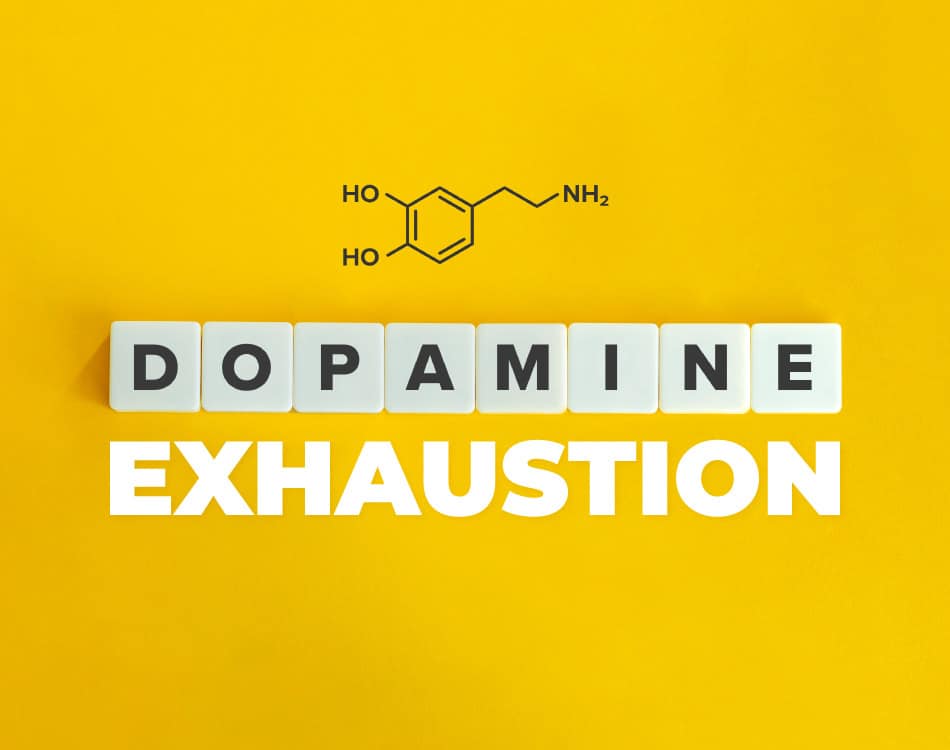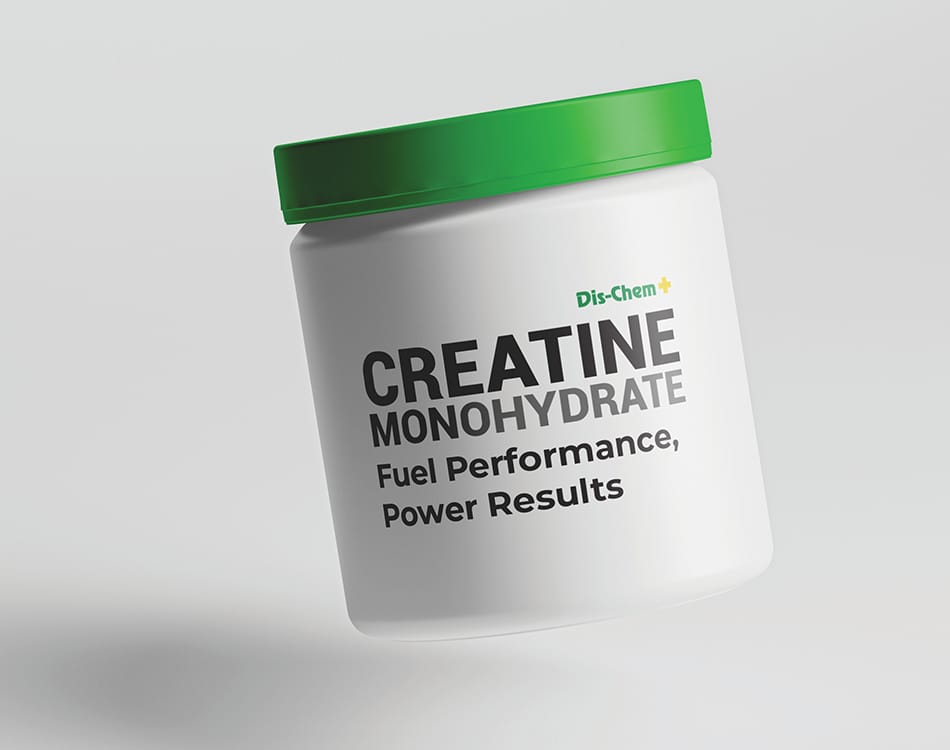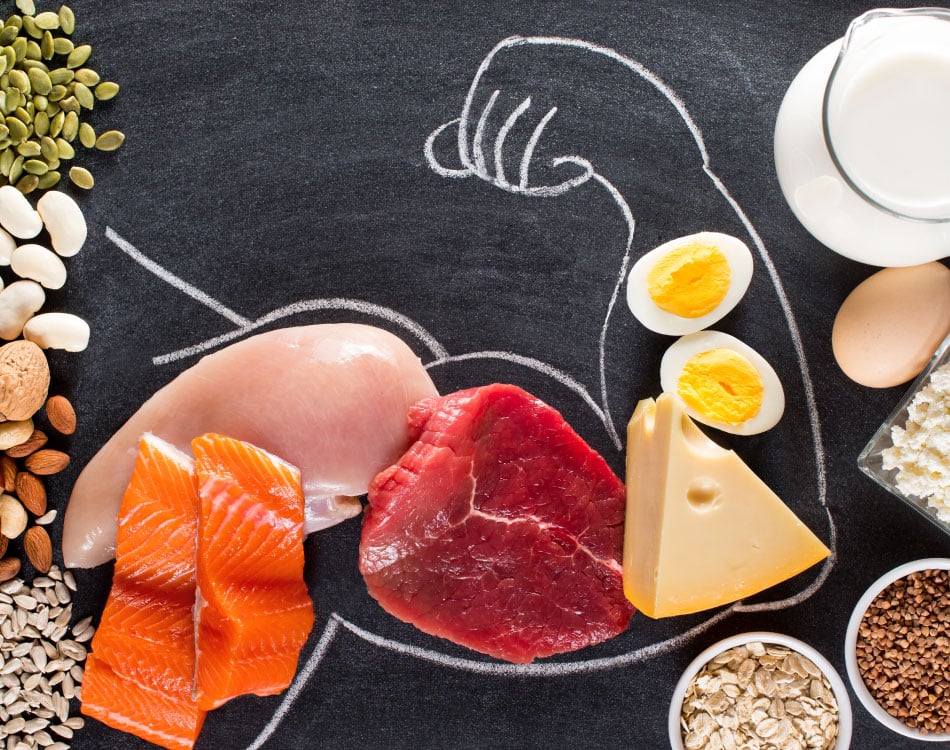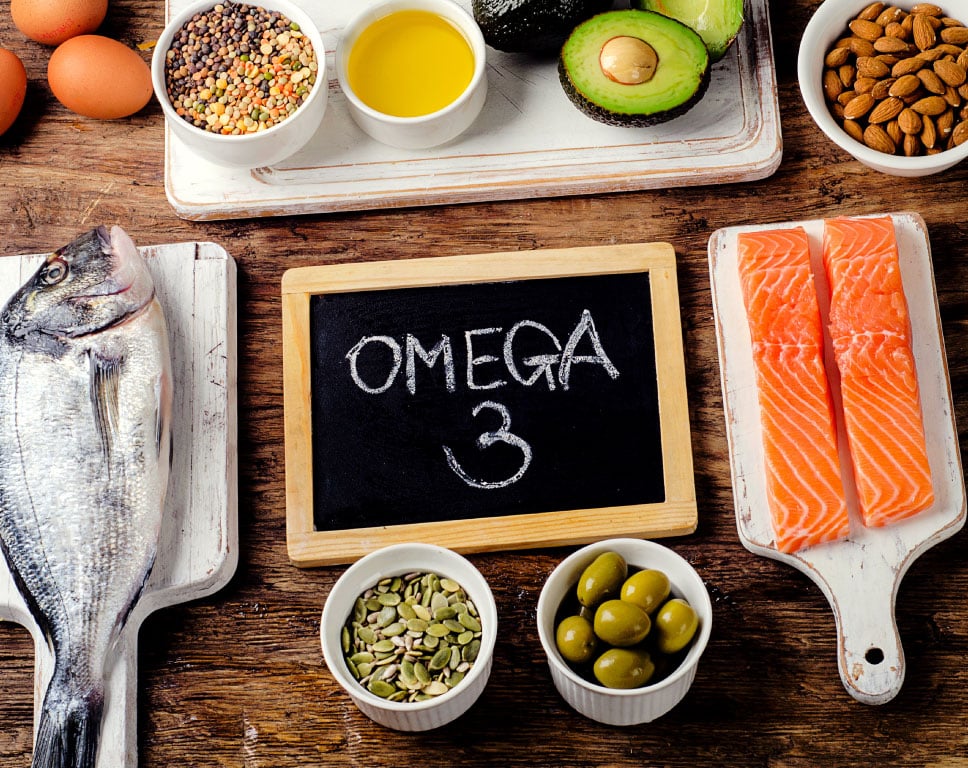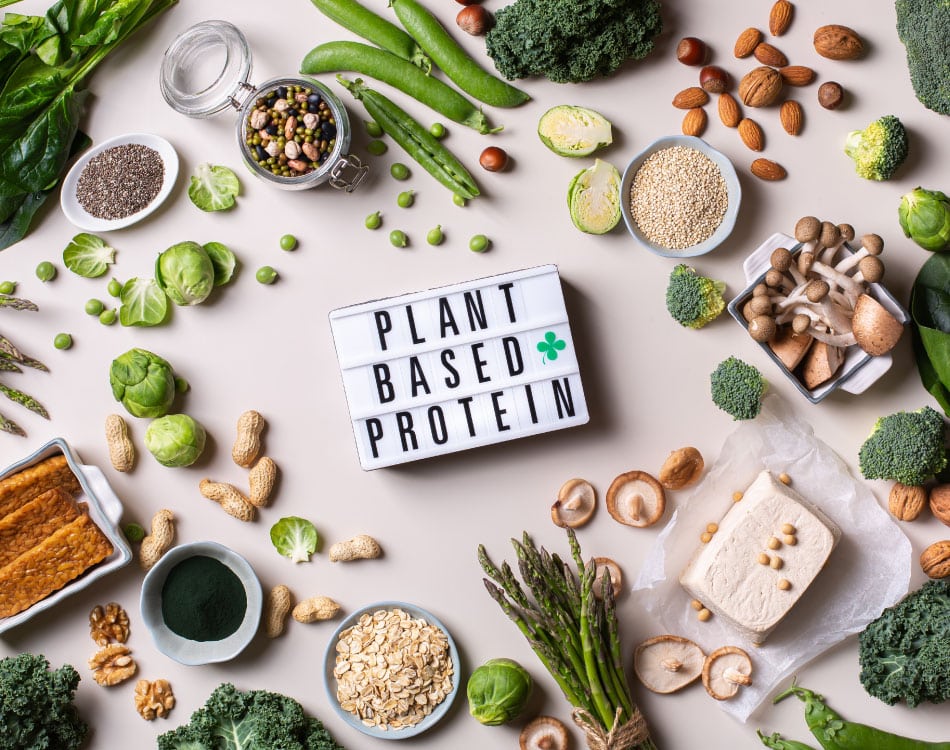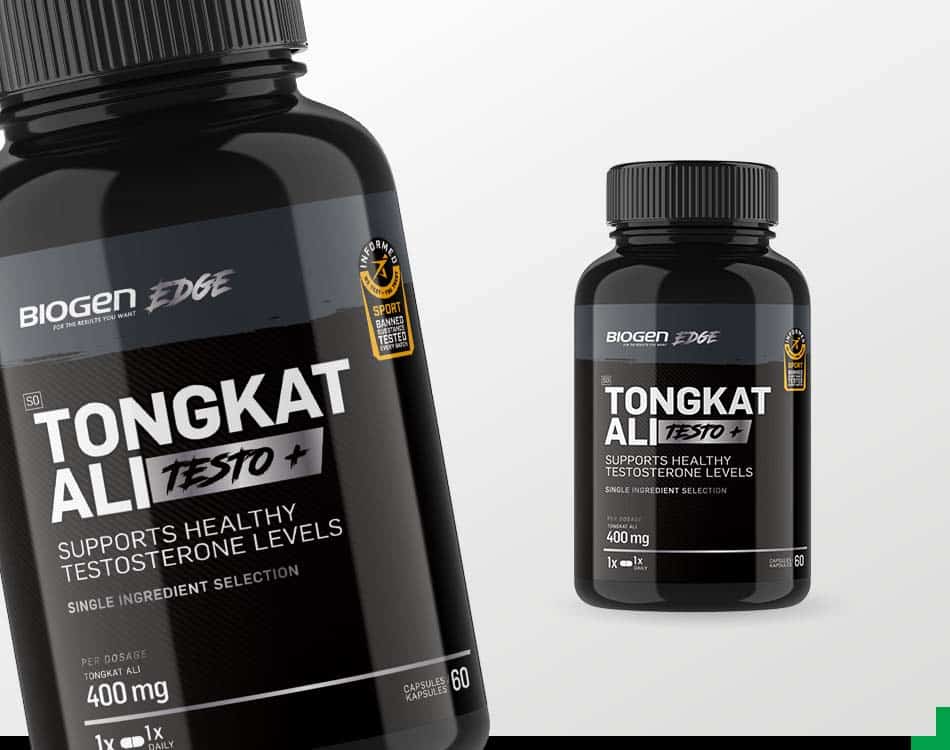While technology simplifies life and makes modern living more convenient, and social media helps keep us connected, these technological advancements are also having detrimental effects on our health by causing conditions like dopamine exhaustion. We investigate how a nootropic supplement can help.
The fast pace of our always-on, digitally-connected lives can prove stressful and draining but that’s just the tip of the iceberg. The way social media pulls us in and keeps us scrolling is contributing to these feelings of exhaustion and burnout.
Plagued by chronic fatigue, listlessness and rising levels of anxiety and depression1, many people don’t feel like they are living up to their true potential or performing at their best at work, home, in the gym or at sport.
READ MORE | Disconnect With A Digital Detox To Recharge
The dopamine connection
One factor feeding into this lack of energy and the rise in negative feelings and emotions is a condition known as dopamine exhaustion or burnout.
While these are not formally recognised medical terms, the concept has gained traction in discussions surrounding the potential negative effects of technology and social media overuse.
Dopamine is a neurotransmitter produced in the brain that is associated with pleasure, mood and emotional regulation, as well as motivation, learning and memory, movement and, critically to this discussion, reward.
This chemical messenger, often called the feel-good hormone, carries signals between nerve cells in the brain and it is released in response to any type of reward, and by a large number of strongly additive drugs2.
Its main role is to modulate behaviour – we get a surge of dopamine when we experience pleasure from new experiences, especially social interactions, when we learn new things, and from achievement.
It feels good when dopamine gets nerves firing in the brain, which reinforces behaviours, encouraging us to take action and keeps us motivated to chase that feeling, which is good, up to a point.
READ MORE | Highlighting The Importance Of Social Interactions For Your Overall Health
The dopamine loop
The issue we face in modern society in that we’re all overstimulated. We receive constant notifications and updates from apps, and social media algorithms serve up a steady stream of content on our feeds.
Every notification, like, curated Insta pic and catchy TikTok video stimulates a hit of dopamine, which keeps us engaged and scrolling for more – we’ve all been sucked into the social media wormhole before, only to emerge hours later.
This is the dopamine-driven feedback loop – also known as a compulsion loop – and we experience it every day, multiple times a day. It has led to the rise of issues like digital dependency and social media and technology addiction.
But when we spend our days chasing these dopamine rewards, our receptors lose sensitivity to this powerful neurotransmitter. That’s when dopamine exhaustion or burnout sets in.
When we become desensitised to dopamine, we may experience symptoms that can include a lack of motivation and interest in activities, diminished feelings of gratification, decreased energy levels, difficulty initiating tasks, changes in mood and emotional, and cognitive difficulties, including difficulty with memory, attention, and problem-solving.
READ MORE | How Exercise Builds Mental Muscle
Breaking the loop
There are a few ways to break the dopamine-driven feedback loop that keeps us hooked to our devices and leaves us feeling worse off, rather than more fulfilled.
Step 1: Do a digital detox
Digital detoxing or ‘dopamine fasts’ are growing health trends globally, with some studies3 finding positive intervention effects. A digital detox can last days or may even entail simply setting healthy boundaries around your device and social media use.
Step 2: Create a counter-movement
Regain control of your impulse to check your phone or mindlessly scroll through your feed by creating a counter-movement – a physical action that becomes a conditioned response triggered by your digital dependence. An example is turning off your phone when you realise that you are in a dopamine loop, or putting it down and going for a walk.
Step 3: Engage in non-digital activities
Prioritise real-life social interaction, exercise, hobbies, and getting out in nature over time spent scrolling through social media or engaging via devices.
Step 4: Eat to support dopamine production
Consume more protein as the amino acid tyrosine plays a critical role in dopamine production, but limit animal-based sources that are high in saturated fat as research4 links high-fat diets with reduced dopamine release and re-uptake.
Step 5: Get adequate sleep
Getting enough sleep in terms of quality and duration is vital as sleep plays a crucial role in maintaining healthy dopamine function and sensitivity. When we sleep, the brain clears and recycles dopamine, which can optimise availability during the day.
READ MORE | Nootropics Give You A Mental Edge
The nootropics solution
Nootropic supplements may also help to restore dopamine sensitivity and support production to address the exhaustion or burnout.
While research is ongoing and often preliminary, some ingredients included in nootropic supplements like those in the Noolit range show promise in potentially influencing levels of neurotransmitters like dopamine and serotonin, which is also important for mood and emotional regulation and cognitive function.
These ingredients include:
- N-Acetyl-L-Tyrosine (NALT): This bioavailable form of the amino acid L-tyrosine is a precursor of dopamine5(and norepinephrine, another important neurotransmitter), which may counteract decreases in neurotransmitter function and production.
- Lion’s mane: A small study6 in mice found that a Lion’s Mane supplement increased dopamine and serotonin production in stressed mice, but human trials are needed to confirm this effect.
- Bacopa monnieri: A 2021 study7 noted a “significant recovery” in dopamine levels in mice treated with the Bacopa monnieri Wettst extract.
- Alpha-GPC: In a study8 that found Alpha-GPC increased motivation levels in human subjects, the researchers linked the effect to studies that show this compound increases dopamine and serotonin levels in rat studies.
- Huperzine A: By acting as a cholinesterase inhibitor, Huperzine A helps to improve levels of neurotransmitters in the brain, which can help reduce addictive behaviour, according to one study9.
While specific ingredients in nootropic supplements hold promise in influencing serotonin and dopamine levels, individual responses may vary due to factors like genetics, overall health, and other medications.
It is recommended that you consult a healthcare professional if you experience any of the symptoms outlined in this article. And it is always best to combine any nootropic supplement with beneficial lifestyle changes including a healthy diet, regular exercise, and adequate sleep to improve your overall wellness, boost your performance, and reach your true potential.
References:
- Craig Ashleigh , Rochat Tamsen , Naicker Sara N., et al. The prevalence of probable depression and probable anxiety, and associations with adverse childhood experiences and socio-demographics: A national survey in South Africa. Frontiers in Public Health. Volume 19. 2022. DOI=10.3389/fpubh.2022.986531. ISSN=2296-2565
- Juárez Olguín H, Calderón Guzmán D, Hernández García E, Barragán Mejía G. The Role of Dopamine and Its Dysfunction as a Consequence of Oxidative Stress. Oxid Med Cell Longev. 2016;2016:9730467. doi: 10.1155/2016/9730467. Epub 2015 Dec 6. PMID: 26770661; PMCID: PMC4684895
- Radtke, T., Apel, T., Schenkel, K., Keller, J., & von Lindern, E. (2022). Digital detox: An effective solution in the smartphone era? A systematic literature review. Mobile Media & Communication, 10(2), 190-215. https://doi.org/10.1177/20501579211028647
- Wallace CW, Fordahl SC. Obesity and dietary fat influence dopamine neurotransmission: exploring the convergence of metabolic state, physiological stress, and inflammation on dopaminergic control of food intake. Nutr Res Rev. 2022 Dec;35(2):236-251. doi: 10.1017/S0954422421000196. Epub 2021 Jun 28. PMID: 34184629; PMCID: PMC9351269
- Bloemendaal M, Froböse MI, Wegman J, Zandbelt BB, van de Rest O, Cools R, Aarts E. Neuro-Cognitive Effects of Acute Tyrosine Administration on Reactive and Proactive Response Inhibition in Healthy Older Adults. eNeuro. 2018 Apr 30;5(2):ENEURO.0035-17.2018. doi: 10.1523/ENEURO.0035-17.2018. PMID: 30094335; PMCID: PMC6084775.
- Chiu C-H, Chyau C-C, Chen C-C, Lee L-Y, Chen W-P, Liu J-L, Lin W-H, Mong M-C. Erinacine A-Enriched Hericium erinaceus Mycelium Produces Antidepressant-Like Effects through Modulating BDNF/PI3K/Akt/GSK-3β Signaling in Mice. International Journal of Molecular Sciences. 2018; 19(2):341. https://doi.org/10.3390/ijms19020341.
- Singh B, Pandey S, Rumman M, Kumar S, Kushwaha PP, Verma R, Mahdi AA. Neuroprotective and Neurorescue Mode of Action of Bacopa monnieri (L.) Wettst in 1-Methyl-4-phenyl-1,2,3,6-tetrahydropyridine-Induced Parkinson’s Disease: An In Silico and In Vivo Study. Front Pharmacol. 2021 Mar 16;12:616413. doi: 10.3389/fphar.2021.616413. PMID: 33796021; PMCID: PMC8007855.
- Tamura Y, Takata K, Matsubara K, Kataoka Y. Alpha-Glycerylphosphorylcholine Increases Motivation in Healthy Volunteers: A Single-Blind, Randomized, Placebo-Controlled Human Study. Nutrients. 2021 Jun 18;13(6):2091. doi: 10.3390/nu13062091. PMID: 34207484; PMCID: PMC8235064.
- Sun J, Tian L, Cui R, Li X. Huperzine A inhibits immediate addictive behavior but not behavioral sensitization following repeated morphine administration in rats. Exp Ther Med. 2017 Apr;13(4):1584-1591. doi: 10.3892/etm.2017.4097. Epub 2017 Feb 2. PMID: 28413513; PMCID: PMC5377550.

